On the first day of…come on Petrolheads, you know the tune, sing along as we count down the 12 days of carsmas!
It’s our favorite time of the year. That time of the year when intercoolers, mufflers and wheels hang off trees like a Mustang leaving Cars & Coffee. That time of the year when glorious new parts wait for us under trees and discounts are everywhere.
What is also important is that this is the last Carsmas of the 2010s – and quite the decade this has been. The 2010s have redefined the car industry like no other. Electric cars are a thing now. Hyundai and Kia make fantastic cars. Everybody wants an SUV. We have hybrid cars. We have self-driving (questionably) cars. We have Uber and Lyft. We have emissions cheating diesel cars. We have HYPERCARS.
So this Carsmas, take a trip down memory lane with Mikaniki and remember all the great automotive things the 2010s have brought us (cue the Michael Bublé Xmas specials).
DAY 1: The return of the Alfas
The saying goes, “you can’t be a true petrolhead until you’ve owned an Alfa Romeo” – words once told by Jeremy Clarkson.
Alfa Romeo had given the world some fantastic cars a long time ago. They gave us cars like the Guilia of the 60s, 147, 156 GTA, the spider and much more. Cars that thrill. Cars that excite. Cars that were proper driving machines.
The Tipo 33 is still one of the prettiest cars ever made – sits right up there with the likes of the Ferrari 250 GTO and Jaguar E-Type in our books.
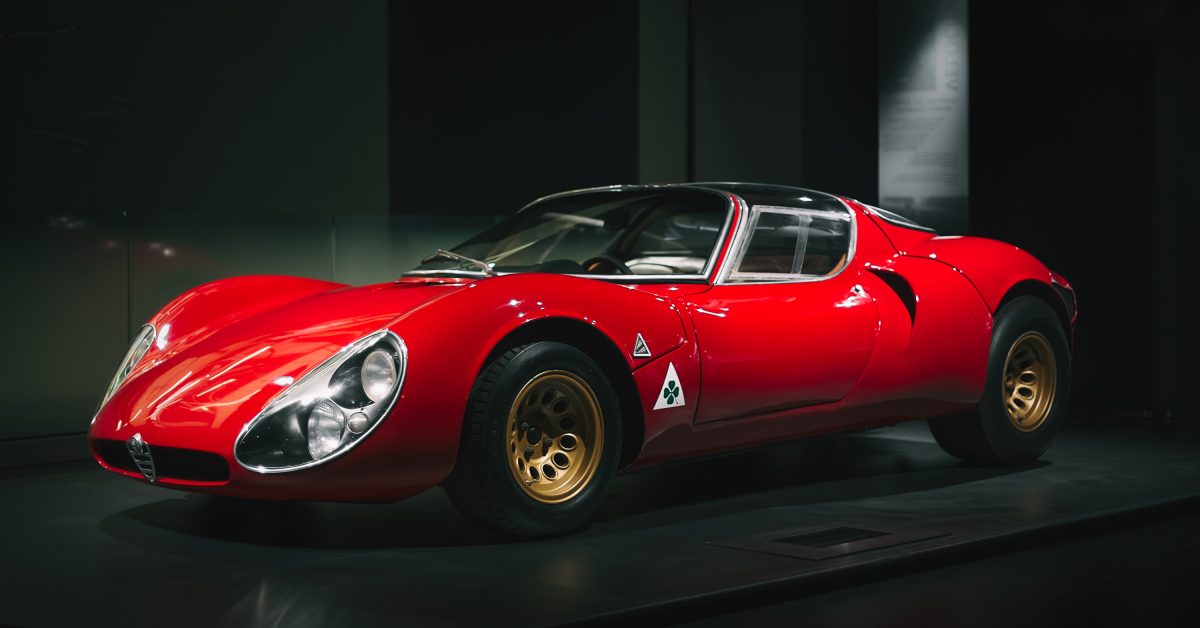
Sure they weren’t the most reliable of cars but that was considered part of the ownership experience.
Then somewhere along the way during the 80s, 90s and early 2000s, Alfa had lost their way. A company that produced automobiles with great motorsport pedigree went on to make a bunch of boring, unreliable sedans and hatchbacks. Gone was the desirability of owning an Alfa to the point where we thought they were dead. There was no coming back from this.
Alas, enter 2013 and we have a new exciting Italian sportscar in town – the Alfa Romeo 4C. It weighs 895 kg. It has 240hp from a 1.75L turbocharged 4-banger. It has a carbon fiber monocoque chassis. The recipe for an exciting car and exciting it was.

The chase to 100 kmph took only 4.5 seconds and speed tops out at 258 kmph. It was great around a track and lapped the Nurburgring in a little over 8 minutes.
While this was thought to be a one-off success for a struggling Alfa Romeo, come 2016 and they gave us the all new Guilia – and the Guilia Quadrifoglio.

The Guilia Quadrifoglio was Alfa Romeo’s response to the BMW M3, Mercedes C63 AMG and the Cadillac ATS-V. It featured a twin-turbo V6 from Ferrari and made 503 hp. All of the ponies sent straight to the rear wheels. It was a proper car. And it was a very pretty car too.
But Alfa did not stop there. They also gave us the Stelvio and the Stelvio Quadrifoglio in 2017. An SUV with the same powerplant from the Guilia line. It claimed the title for the World’s Fastest SUV with a ring time of 7 minutes and 51.7 seconds.
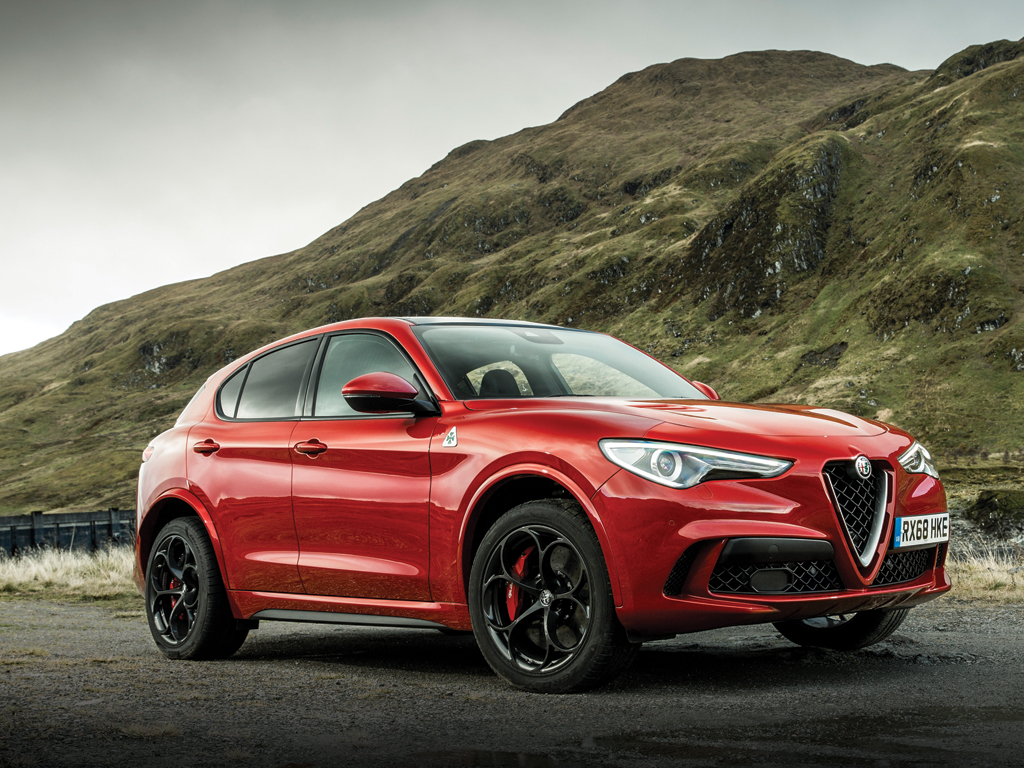
The Alfas (still a little unreliable) did stir up the pot and give the Germans a good shakedown. Let’s pray it continues into the 2020s. THE ALFAS ARE BACK BABY!
DAY 2: Attack of the Koreans
My first encounter with the Koreans happened somewhere in the late 90s or the early 2000s when were in the market for a new family car and dad got excited about a little Korean brand called Kia and their SUV called the Sportage. They were ugly little boxes with not much to offer and very questionable reliability and track record. It was no Toyota RAV-4 or Honda CRV. While my dad did find the quirky Korean fascinating, the idea of procuring one was quickly shot down by the rest of the household, for all the right reasons I’m happy we didn’t end up with a Kia of the past.
Kia and Hyundai are the largest car manufacturers from Korea. They are infamous for budget hatchbacks, sedans and SUVs. They gave us family cars like the Kia Sportage, Kia Optima, Kia Cadenza, Hyundai Elantra, Hyundai i10, i20 etc.
Words like quality, handling and power did not exist in their books. They were affordable, easy to maintain and sort of reliable. That was their USP. It worked – mostly.
But all that changed in the 2010s when Hyundai and Kia decided they needed to be better. They needed to give their German and Japanese rivals a thorough spanking and rob their loyal customers from right under their noses.
Hyundai went after the ultra-luxury market with the Genesis brand. The G70, G80 and G90 are tech heavy luxury sedans with plush interiors and all the features that rivals offer for lesser money. Some of these cars are genuinely good. The only thing standing in their way is the brand itself. It doesn’t carry the right value – yet.
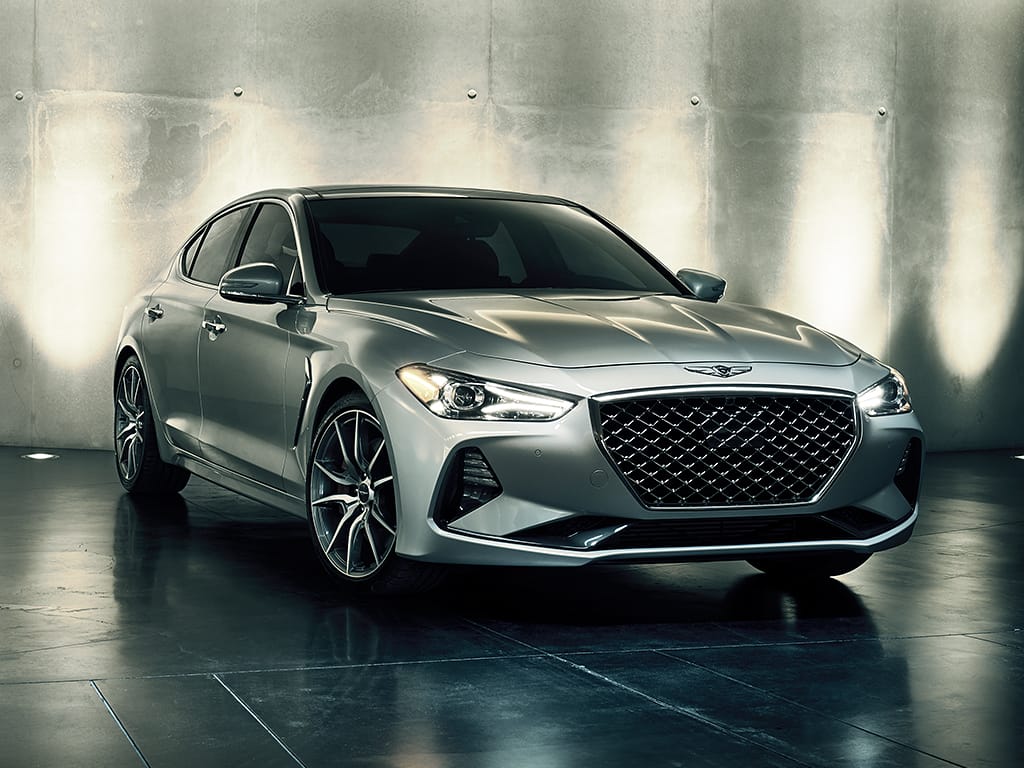
Hyundai and Kia also decided to take on the track stars in the 2010s.
Hyundai has a new ‘N’ performance line (much like BMWs M). In its first wave of attack, the N line went after the German hot hatches with the i30N and Veloster N. The new Hyundai hot hatches made 270 hp and did 0-60 in 6.1 seconds. They are manual only which improved their fun factor and they sound incredible.
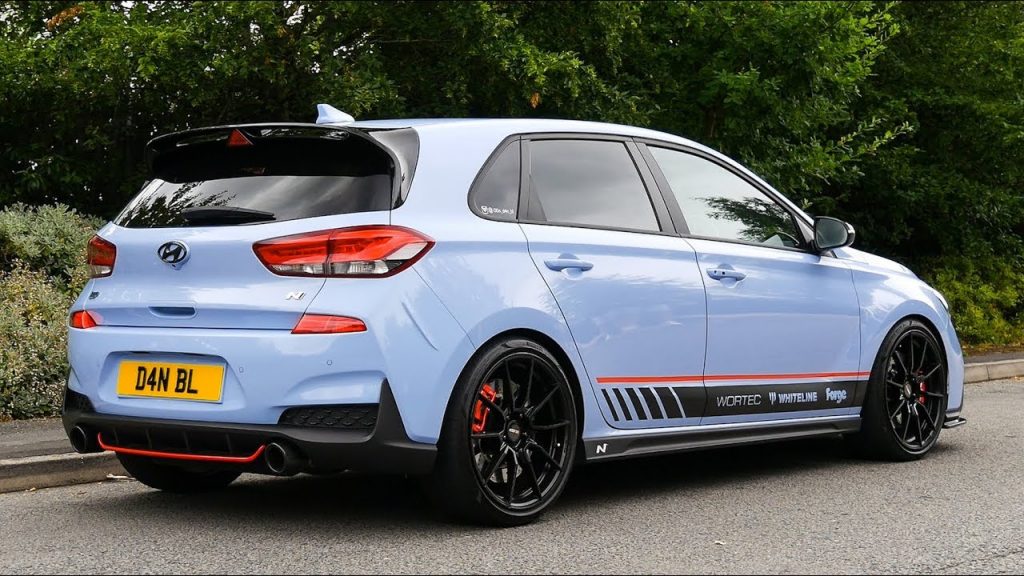
In 2018, the i30N even went on to win the World Touring Car Championship.
It’s a shame Hyundai does not sell one of these in the GCC as of yet.
Kia went on to poke the bigger German dogs (BMW M3s and Mercedes C63s) with a rear/all-wheel drive sportback called the Stinger. Powered by a 3.3L twin-turbo V6, the Stinger GT puts out 365 hp at the crank, does the run to 60 mph in 4.6 seconds and has a top speed of 270 kmph.
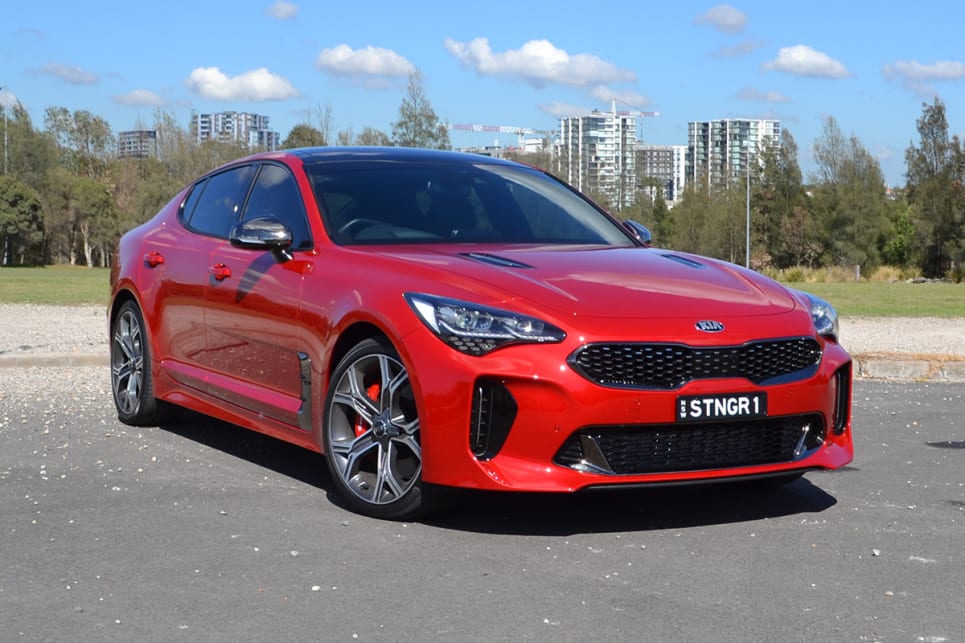
The interiors on these cars have gotten considerably nicer too. Hard plastics have mostly been replaced with leather and soft touch material. The infotainment isn’t something we’d spend time crying about. There is radar guided cruise control, lane keep assist, parking assist and other great features.
The Koreans are making “legit” cars now. The rest of the world better watch out.
DAY 3: Electrifying
This post is brought to you courtesy of the oil slump of 2013 and Greta Thunberg.
The idea of powering cars off motors and batteries is not new. Manufacturers like Toyota and Honda have toyed with the idea in the past but it never made it to fruition thanks to the power of the oil lobby (and those who didn’t think climate change was a thing *cough* trump *cough*).
It can also be blamed on the lack of innovation in battery technology. A battery pack does make the car considerably heavier and hence less efficient.
Charging the battery was another issue to consider. It only takes 5 minutes to fill up a tank of gas. It would a lot more time to charge big batteries. Remember the early 2000s when it took all night to charge your phone?
2012 changed all of that when Tesla Motors and Elon should-never-tweet Musk brought in the Tesla Model S.
It was an all-electric car with a range upto 600 kms.
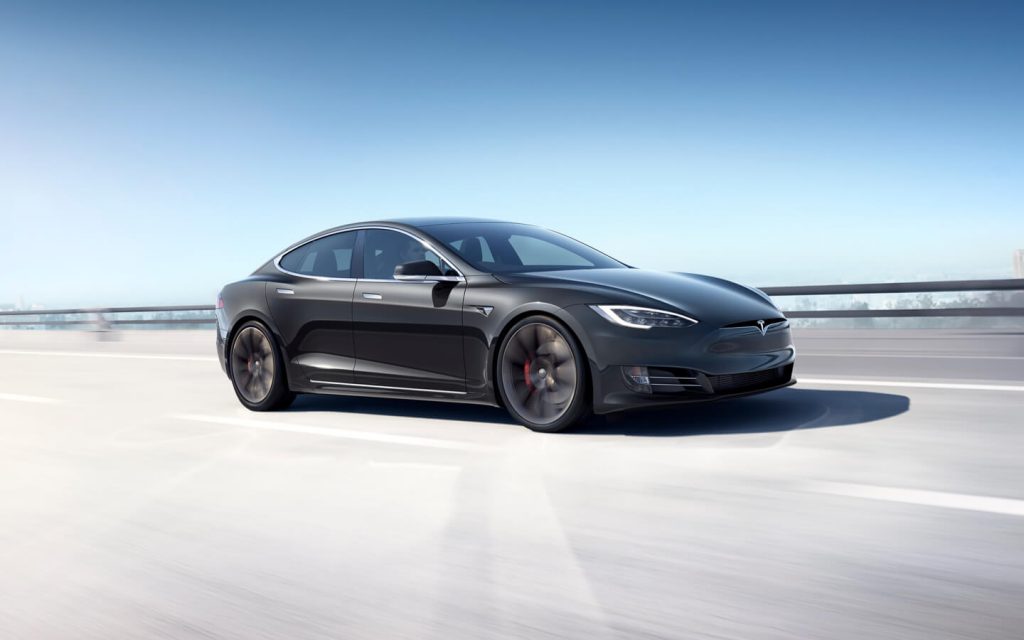
The top of the line, P100D, would do 0-100 kmph in 2.36 seconds. That is faster than every production supercar and hypercar ever made. This full size family sedan took the 0-100 kmph game to a whole new level. The internet was upto its neck in videos of Teslas destroying petrol. And it did so silently.
Charging batteries got a lot better too. With a Tesla Supercharger, the cars would only take around 75 minutes to juice up. The supercharger is capable of charging the P85 to 50% in 20 minutes.
While this is still slower than the 5 minutes a gasoline car would take to fuel up, it is still a breakthrough in technology and the manufacturers are working on technology to reduce the time to charge an electric car even further.
Apart from battery and motor technology, Teslas have changed in-car technology as well. The Teslas featured a minimalist interior with only a massive screen to control and monitor all of the cars functions. Everything from the radio, drive modes, heating and cooling, navigation were all controlled from the single touch screen.
But the best new thing they brought us was a thing called the AUTOPILOT. Autopilot is a semi-autonomous driving system (SEMI being key) that lets the car change/keep lanes, increase & decrease speed all by itself using GPS and by monitoring the road ahead. This system made the task of driving a little less stressful – not having to worry about speed limits and if the car in front of you is braking or accelerating or if you need to change lanes. This was a game changer.
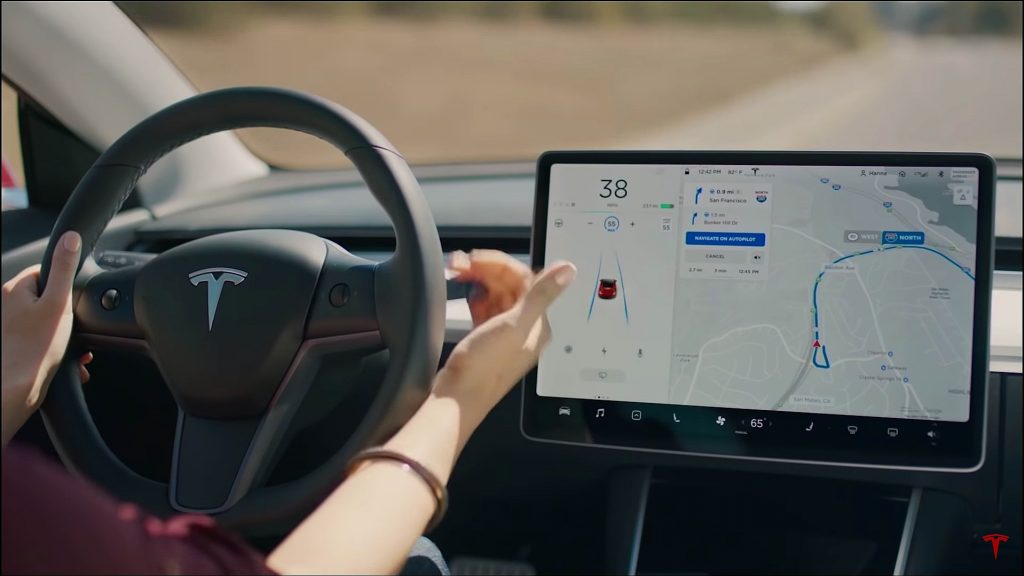
It is only a matter of time before we can yell at driverless cars (in hope they don’t yell back).
As of 2019, they have also rolled out a beta for the “summon” feature which lets the car come to you from its parking spot. The system is not perfect at the moment but we hope that they will nail this one soon.
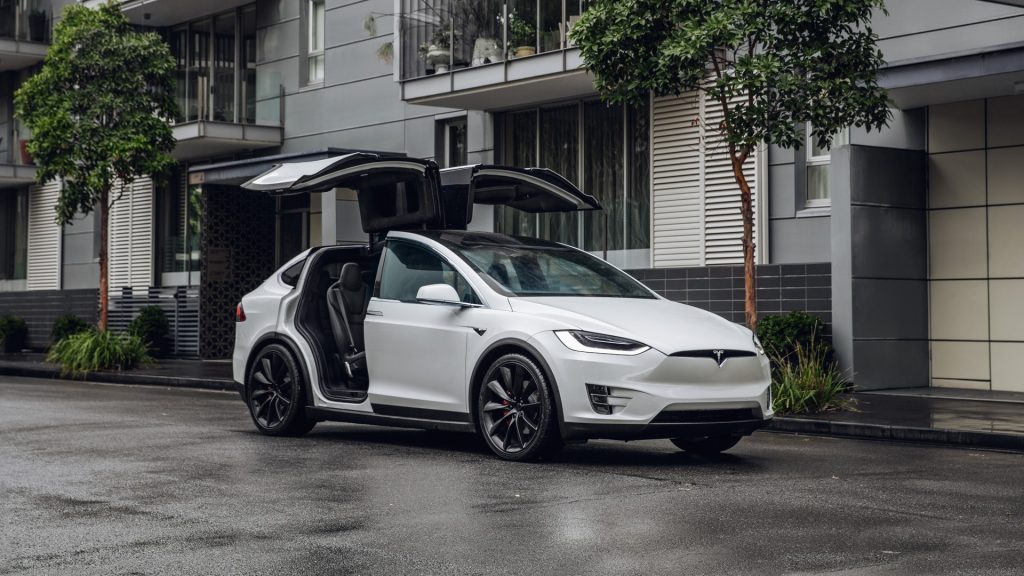
Tesla brought about an electrification revolution. Every top tier manufacturer, including the likes of Ford, Volvo, Mercedes Benz, Audi, BMW are now electrifying their line up.
This is the future. Thank you Tesla.
DAY 4: The All-American Horsepower Wars
There was a time in the world of automobiles when it was hard to comprehend a commuter car with a 100hp. A time when the average commuter car probably only pushed out 20 or 30 ponies, a 100hp was probably thought to be insane.
Fast forward to the 2010s and we have problems with pollution and climate change from attempting to burn all of Barney’s ancestors. Emission regulations are all the talk; everything is going green; everything is going electric.
In such a world, high horsepower petrols shouldn’t technically exist. But they do. It’s wonderful.
In the 2010s, one word brought about a horsepower war between manufacturers – HELLCAT.

It’s a silly name but that’s what FCA chose to badge the ludicrous cars. And FCA had three kinds.
For those that want retro american muscle car styling in all its glory, the FCA gave us the Dodge Challenger Hellcat. For those that had to haul the rest of the family around the drag strip for the Dodge Charger Hellcat. And for those that wanted a little more ride height and a little more room that the Charger cannot provide, they gave us the Jeep Cherokee Trackhawk.
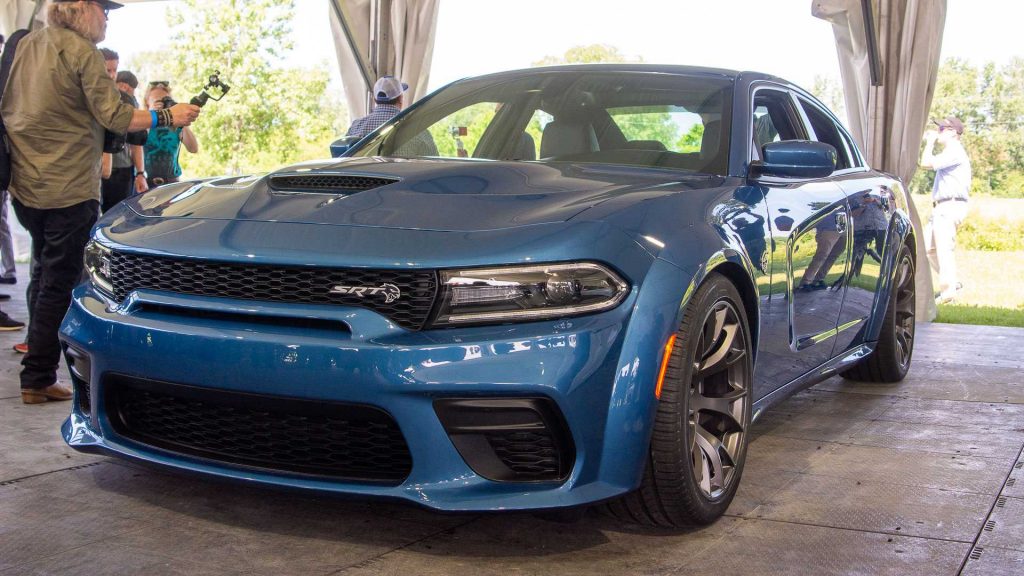
They were all powered by a 6.2L Supercharged V8 that makes 717hp and 650lb-ft of torque! (WHAAAATT).
They were all built with the drag strip in mind. The Challenger makes it to 60 mph from a standstill in 3.7 seconds and the quarter mile in 11.8 seconds at 125 mph.
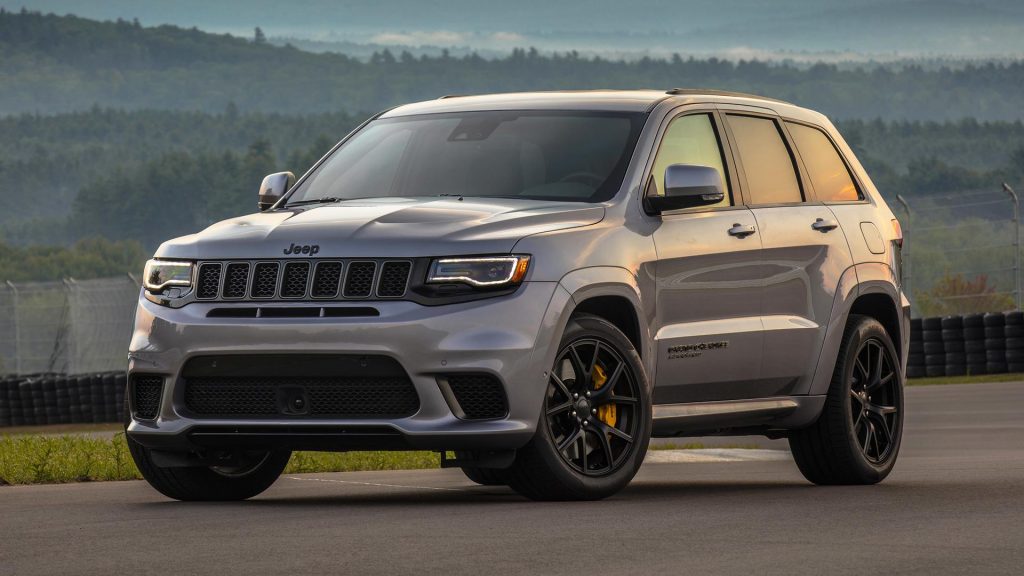
But they didn’t stop there either. They also have the Hellcat Redeye that makes 797 hp. Again, it didn’t stop there because someone at FCA thought that wasn’t enough. Out comes the HELLEPHANT – a 1000hp crate engine that sold out within 48 hours after its release.
The folks from Detroit were not really loving all the noise FCA was making. Enter – the 2020 Ford GT500. With 760hp they strike back. While the GT350 is their weapon for the Germans, Ford wants to take away the FCAs drag strip glory on the drag strip.

The GT500 is still fairly new and people have just started taking deliveries of their cars. We’re yet to see how far they go to take down the Hellcats.
Will the Hellcats have the last laugh? Will the GT500 be the new king of the quarter mile? Stay tuned folks.
DAY 5: HOT Hot Hatches
They’re small. They’re quick. They’re easy to drive, easy to live with and a ton of fun. Today, in the fifth installment of Carsmas, is all about HOT hot hatches.
The Volkswagen GTI has been the king of hot hatches ever since the first generation was released back in 1976. We’re at the seventh generation (the 8th Gen is set to release next year) of the hot hatch and it’s still just as incredible as the first.
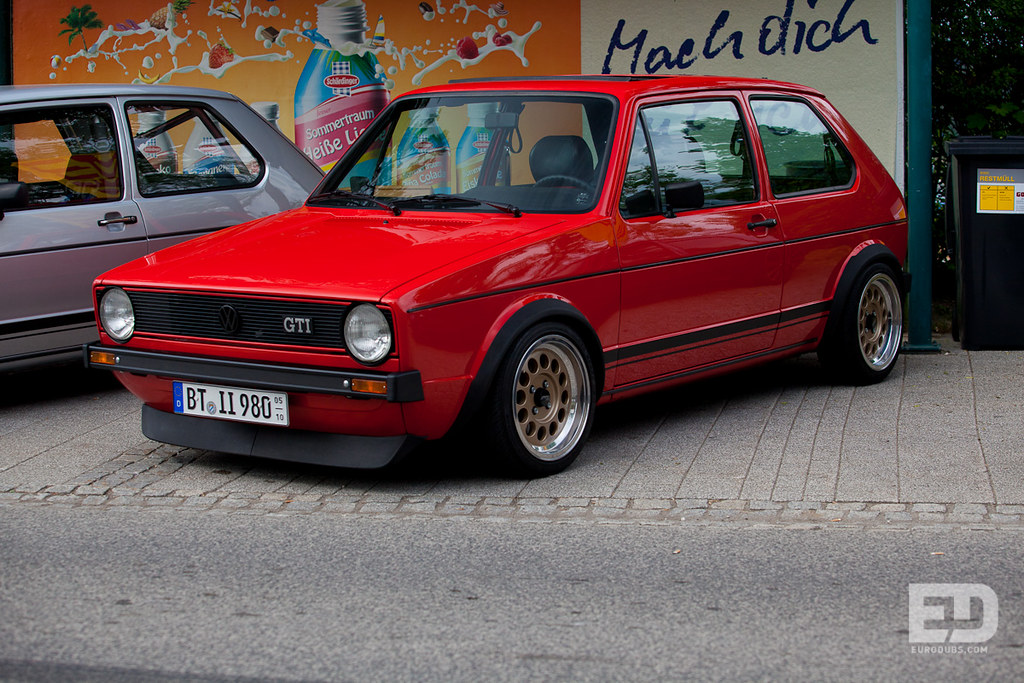
Every other manufacturer has since tried to dethrone the GTI. Until now.
We’ve already spoken about the Hyundai i30N and Veloster N in the second post of Carsmas. Hot hatches that give the GTI a run for its money but not quite there yet, The first blow from the Koreans was good, but not enough to bring down the mighty VW.
But Hyundai is not the only one to take a swing this decade. The biggest blow was given by these two – the Ford Focus RS, the Honda Civic Type R.
We start with what we cannot have in the UAE (boo). Ford has made a proper hot hatch – the RS and they refuse to sell one here.
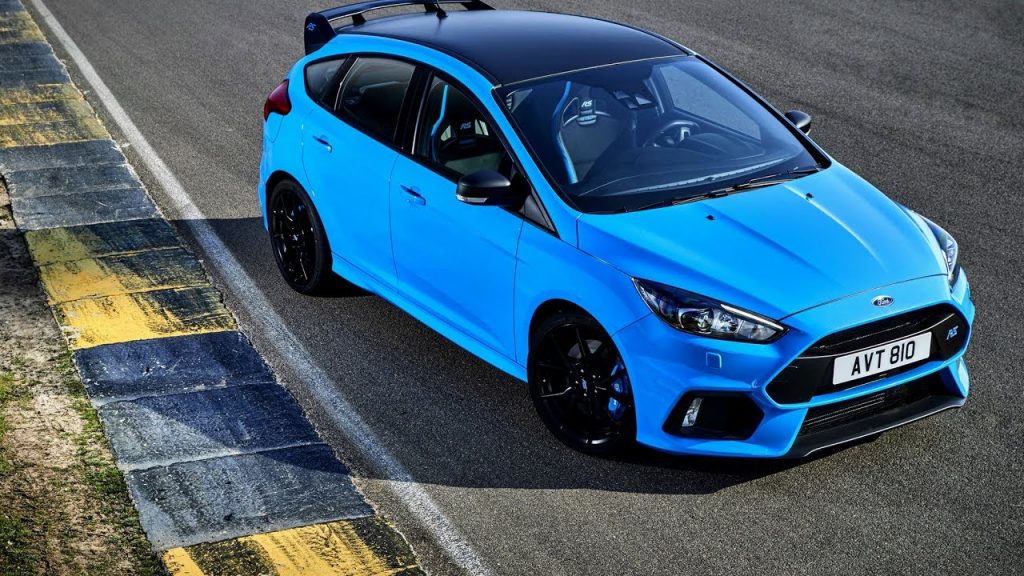
The RS is the ST’s bigger brother. It has a 2.3L “Ecoboost” inline-4, the same from the Mustang, giving the hatch back 350hp. All of that power goes to ALL four wheels through a manual gearbox. We got to love how Ford has stuck to manual gearboxes for their performance models (it’s a shame that’s about to change).
The RS takes only 4.5 seconds to 60 mph and does the quarter mile in 13.3 seconds at 103.3 mph. The real party trick is “drift” mode – a mode that induces over-steer, on a hatchback.
While Ford finally put together a car that is miles ahead of the king, it couldn’t claim the throne. That one goes to another. Another we can’t have here in middle east.
This one goes on to take the Nurburgring record for fastest front-wheel drive car. It did it in 7 minutes and 43 seconds. It is the Honda Civic Type-R.
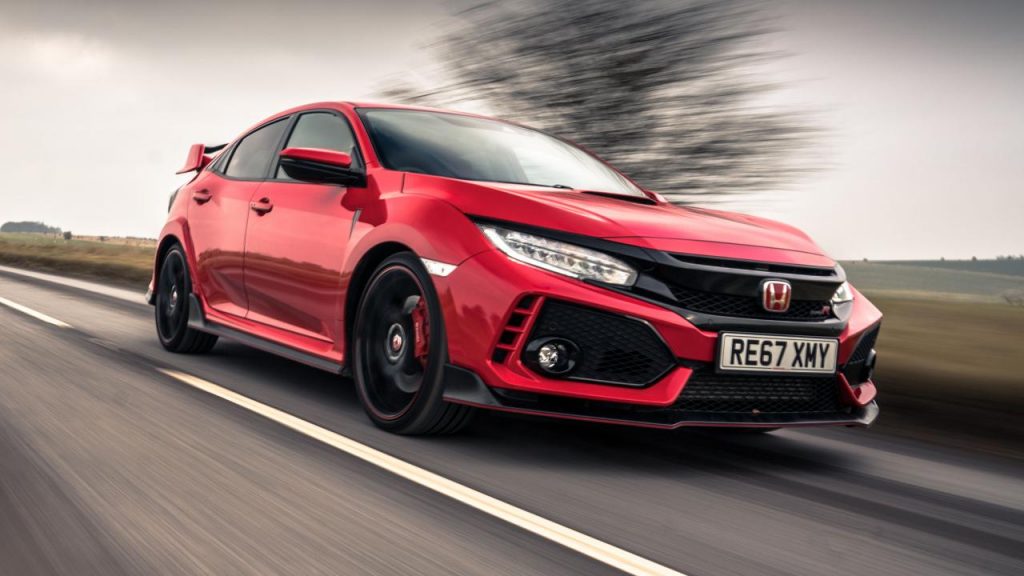
It is probably the wildest looking one too. It’s got angles – a lot of them. It’s got 3 exhaust tips – not one, not two and not four like most other cars.
The honda, like the RS is a 4 pot powerhouse that makes 310hp. Again, like the RS, its manual only – row it yourself or go home. While 310hp sure sounds less, it’s the way the Type-R puts it down.
These two are the best hatches of the decade.
Hatches have gone on to break the 300hp barrier with cars like the Mercedes AMG 45 even coming close to 400 ponies. We cannot wait to see what new barrier the 2020s break with everything going electric or hybrid. Go go hot hatches.
DAY 6: Bigger is Better
There are two big shifts that happened in the automobile industry this last decade. One is the electrification of everything. The second is the fact that people want their cars to be bigger.
And bigger is what they got in the age of the SUV.
These big boys are outselling sedans! Sure, they’re more practical. Sure, they can be almost as efficient as a sedan with improvement in power train technology. But they’re killing sales for sports cars and sedans.
Companies like Ford are even going as far as to remove regular sedans from their roster to focus (pun intended) only on SUVs (pssst – the mustang Mach-e).
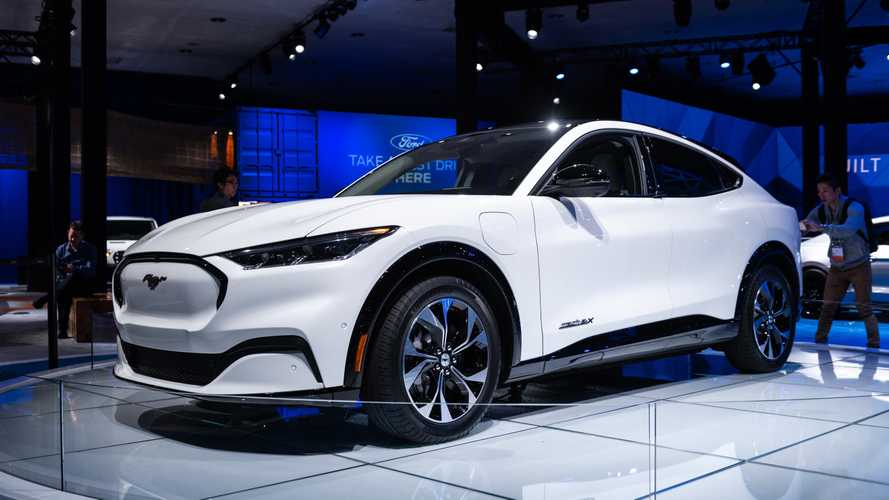
But what’s really surprising is the LUXURY SUV market. Car manufacturer’s that wouldn’t otherwise dream of building an SUV, have built one.
Rolls Royce made the Cullinan – basically a phantom in a bigger body with the light off-road capability. They really want you to go off-road in all the comfort the world can provide.
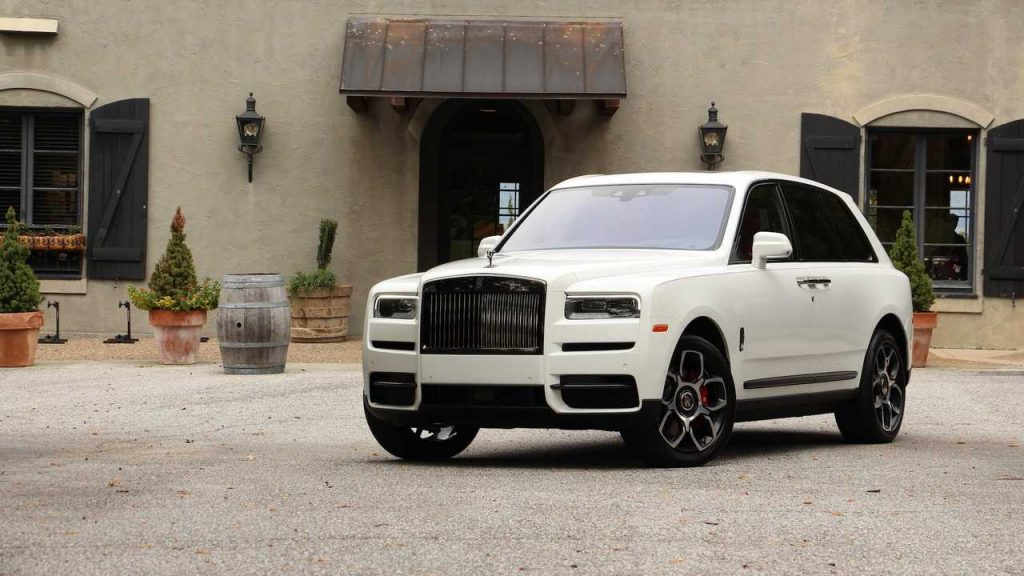
Bentley and the Bentayga even gave us a Falconry Edition with many…. Falconry things?!
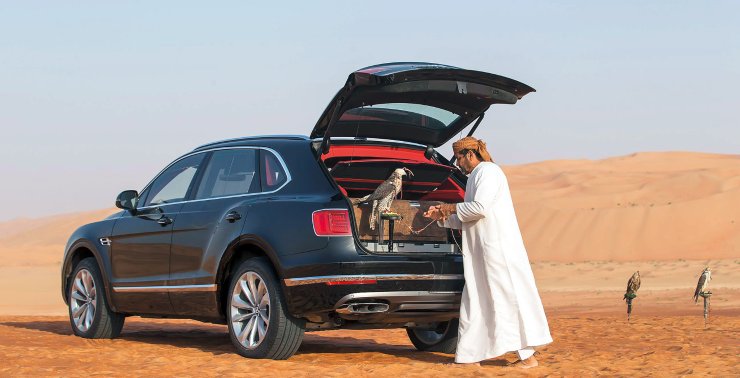
Even Lamborghini, the maker of many track stars like the Aventador and Huracan, gave us the Urus. The Urus is based on the Audi Q8 platform and really has no off-roading capability. But it is what the public demands. It can seat atleast 4 full-size hoomans, it can go pretty fast and it looks like it will cut you in two should you get in front of one coming at speed.
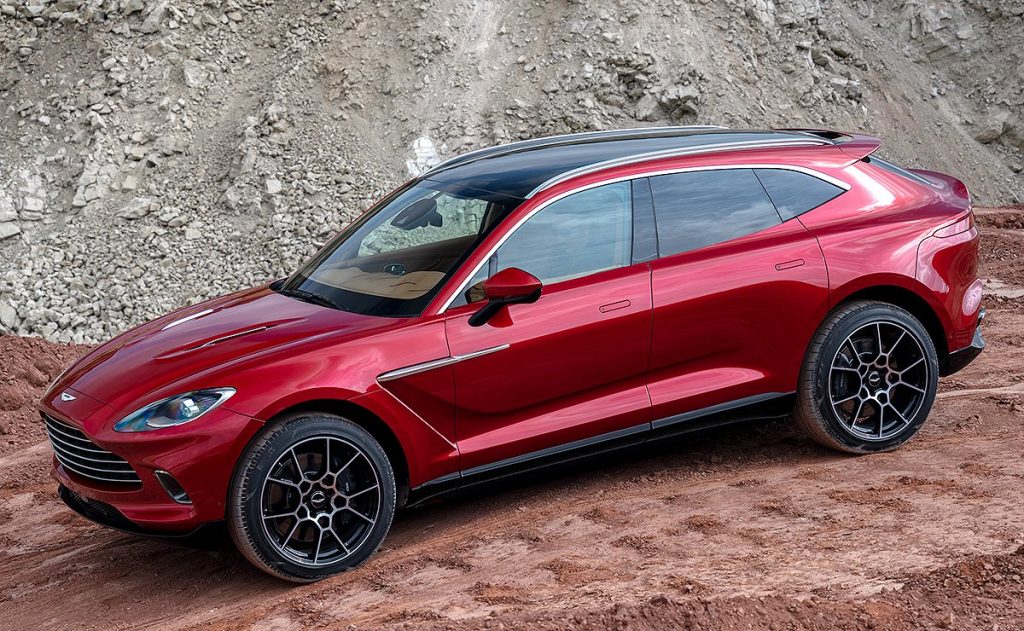
Aston Martin also has the DBX. A full size luxury SUV which even has the swan-door hinge assembly you find in the Astons that like to sit closer to the tarmac.
Ferrari is probably the only manufacturer that hasn’t jumped on the SUV ship and that’s a little refreshing. But we think it’s only a matter of time before they do to stay on top of their game and to stay afloat.
We’ll just have to wait and see if the last standing brand without an SUV can hold off the competition. To do so, Ferrari better be strong.
DAY 7: The Little French
Renault, for the better part of its life, has been known to make boring little hatchbacks, sedans and some SUVs – and dare we say, the budget kind. They’re not the world’s leading authority in quality and performance. Infact, not even close.
But they’re not all that bad. For starters, they do have an F1 team. They’ve had a few fun cars in their portfolio too. They have the Clio RS and the Megane RS and that’s just about it.
Back in 1973, Renault bought this small manufacturer called Alpine. Think about Alpine a little like you would about AMG and Mercedes. Alpine used to rework the Renault 4CVs to go racing. They’ve had quite some success with the 4CV and thought they’d start building their own cars based off Renaults.
They did. They made a machine in the 1960s called the A110. Powered by engines from a Renault R8, these coupes go on to win the World Rally Championship.
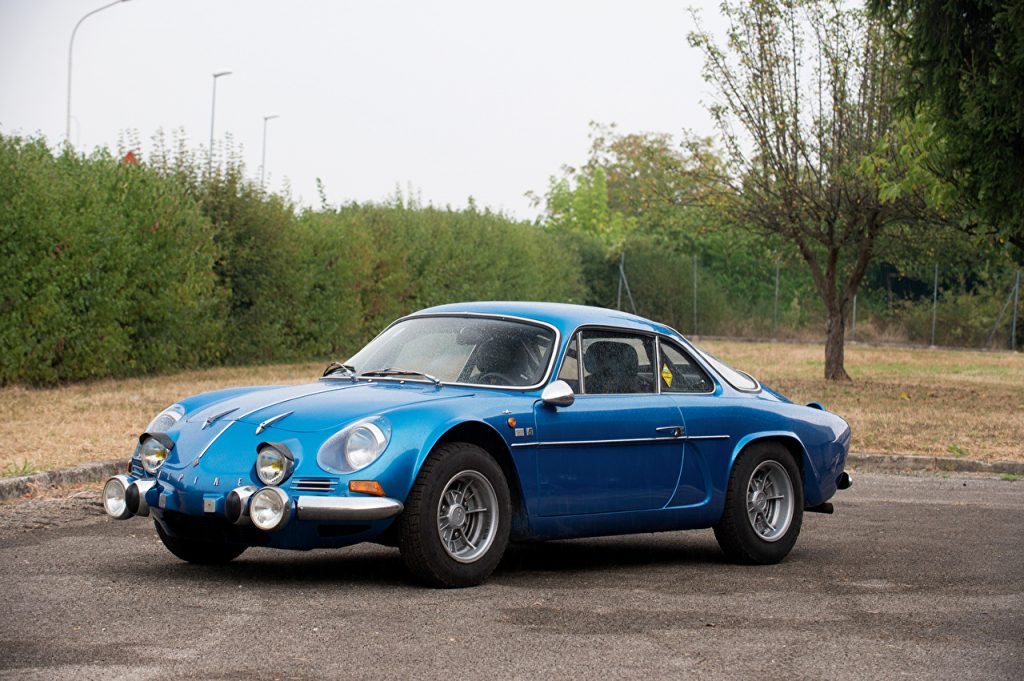
Then came the oil crisis in the 70s and no one wanted sports cars anymore and slowly but surely, Alpine died.
Until now.
Alpine is back. And it’s brought back the A110. It only weighs 1100 kilograms and has 250 ponies on tap thanks to a 1.8L turbocharged inline-4 from Renault. What makes it better is the fact that this is a mid-engine car.

From a standstill, it’ll do 100kmph in 4.5 seconds and won’t stop moving until the limiter which is set to 250kmph.
They tweaked the A110 furthermore and released the A110S. Power goes up to 290hp and features a better suspension setup while weight goes up a little bit. All that shaves 0.1 seconds of its time to 100kmph.
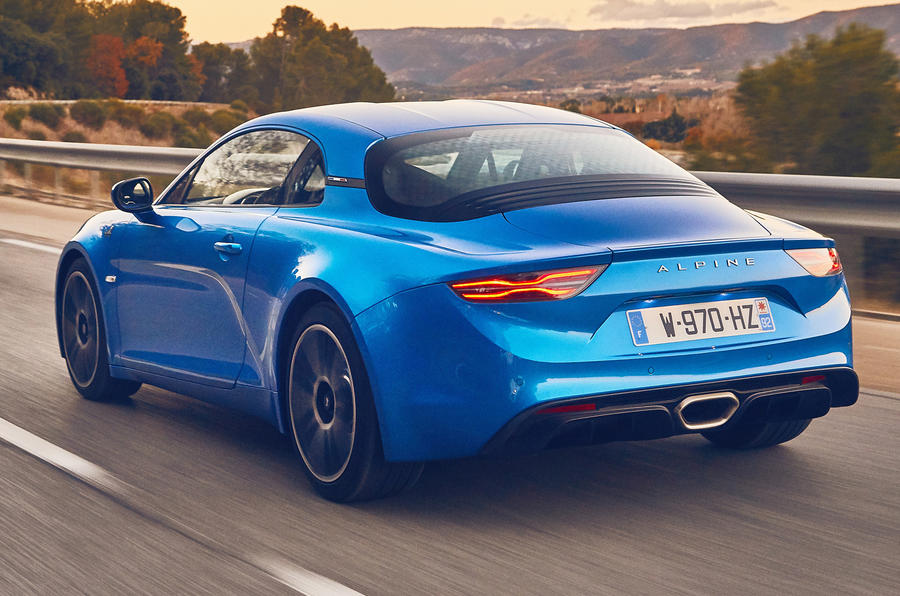
This maybe the most exciting mid-engine car to come out this decade. Sure, the Cayman GT4 is more potent but it’s a whole different feat to come back from the dead. With quite the bang too.
DAY 8: Toyota is Great Again
HAPPY NEW YEAR!
And today’s post needs no particular introduction. Toyota has been the talk of the town.
Yes, the folks from Japan that sell your basic commuter cars like the Fortuner, the Corolla, the Prado, the Camry and the Yaris have actually gotten very interesting. They are back to their sportscar-y ways!
And the most anticipated of them all? The all new Toyota Supra.
The JDM superstar is back. This time with a lot of BMW badging as well. Toyota could not build this by themselves ‘cos it would’ve cost them a whole lot trying to develop a new inline-6 and a chassis. So they approached the current world champion in inline-6 powertrains to help them out. BMW also co-developed the new Z4 along with the Supra.

What came out is a beautiful looking (we think it is), front engine, rear wheel driven sports car from Toyota! It makes 335hp (a few dyno charts show it makes way more) mated to an AUTOMATIC ZF gearbox. Now before everyone loses their sh-pfiz-it, let us just say that the ZF gearbox is actually pretty epic for an automatic and it hurls this machine to 60 mph in 3.8 seconds.
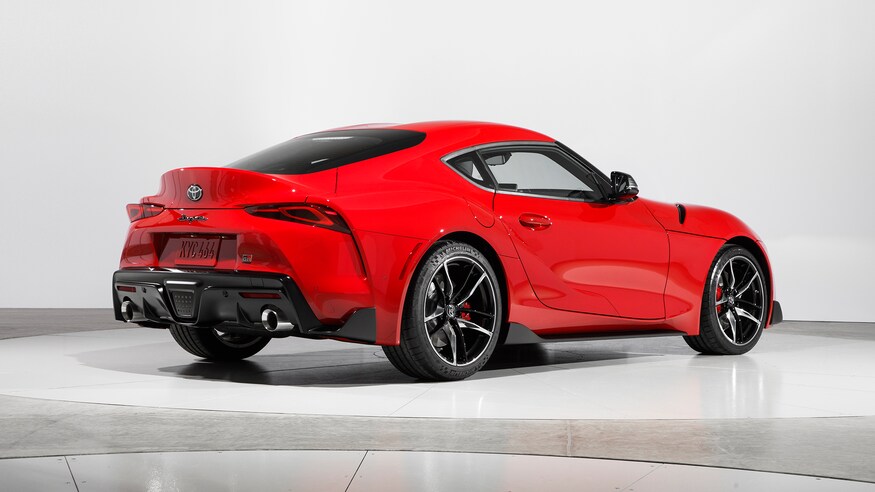
This isn’t the only car Toyota brings us. They also gave us the Supra’s baby brother – the GT86. The GT86 is a fantastic drivers car. The 200hp inline-4 may not sound like a lot but the thing is all about rear-wheel drive fun – and fun it is.
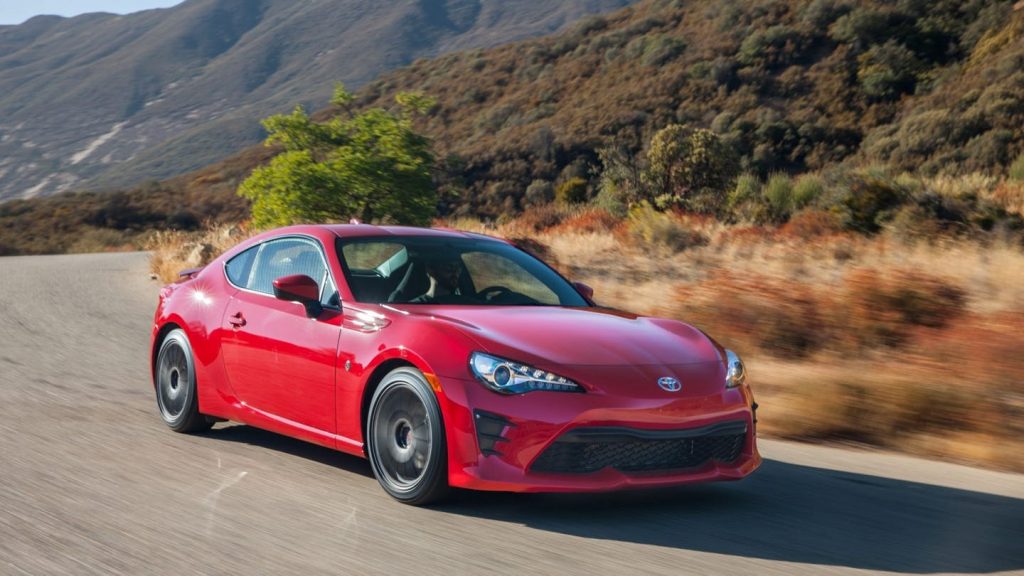
Again, Toyota couldn’t do this on their own either – enter Subaru. That inline 4 is a boxer unit from Subaru.
Also, Toyota doesn’t stop there. This year, they take the Yaris; gives it 275hp; sends power to all wheels and call it the Yaris GR-4. A hot hatch. Yes.
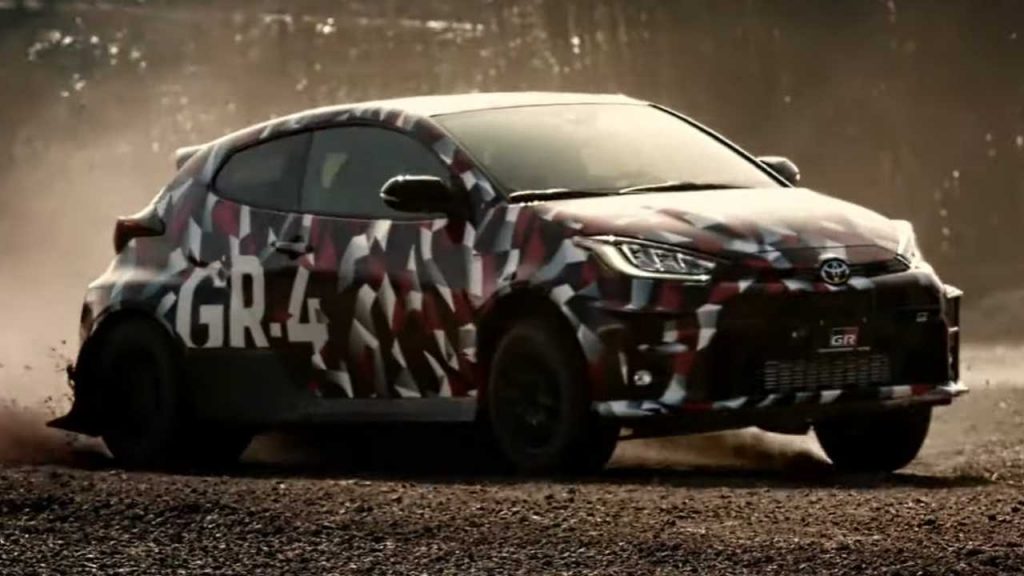
Toyota is on a spree with no signs of slowing down. There is even talk about them getting into bizznizz with Porsche to make a mid-engine car (looking at you MR2).
This is crazy. Good crazy. Let it flow.
DAY 9: Porsche and the Ultimate Driving Machine
The recipe:
- One (1) Porsche Cayman
- Brakes from the 991 GT3
- Porsche Active Suspension Management (PASM) from the 991 GT3
- Torque Vectoring
- Front Axle from the 991 GT3
- A Fixed Wing
- 3.8L Flat Six from the 991 Carrera S. Place between the axles for flavor.
- 6 speed Manual Gearbox
Stir until 380hp and 420 Nm of torque speed out of the pot. This is how Porsche makes mid-engine flagship cars.
It’ll do 0-60 in 4.2 seconds. It’ll weight 1,340 kilograms. It’ll top out at 295 kmph. It’ll be called the GT4.
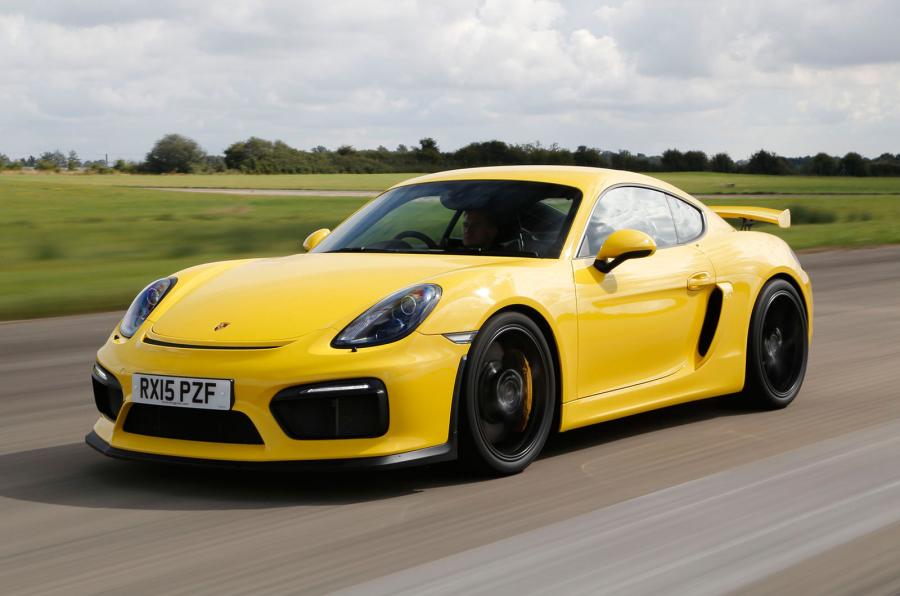
Meet the new prince of the mid-engine car world.
There was not a lot to complain about the 981 Cayman. It was an excellent car. Porsche took what was perfect and somehow managed to define the word perfect-er(??!).
While the GT4 was not meant to take on the bigger brother, the GT3, it is said to do the famed Nurburgring in 7 minutes and 40 seconds – exactly the same big bro clocks. For half the price.
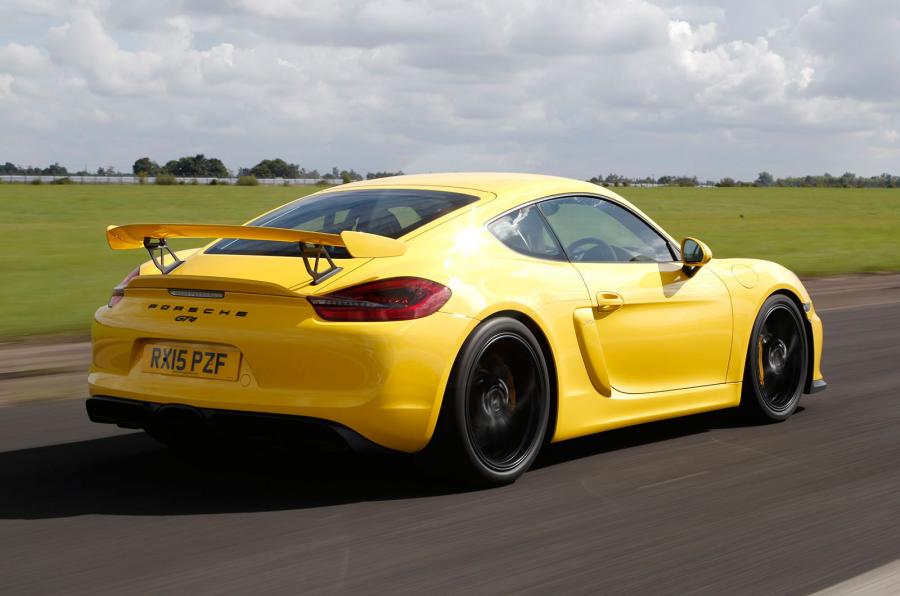
In a time when GT3s were ditching the third pedal for a paddle, the GT4 was offered only in a manual which sent tears rolling down the cheeks of Porsche enthusiasts and fans.
Then for half the price of the GT3, the GT4 is quite the bargain, isn’t it?
Which is why it is among the best sportscar of the decade. A well deserved title.
The 718 GT4 and the Spyder has been released too. It appears Porsche intends on keeping a GT4 in the line up. And thankfully, in naturally aspirated flat-six configurations.
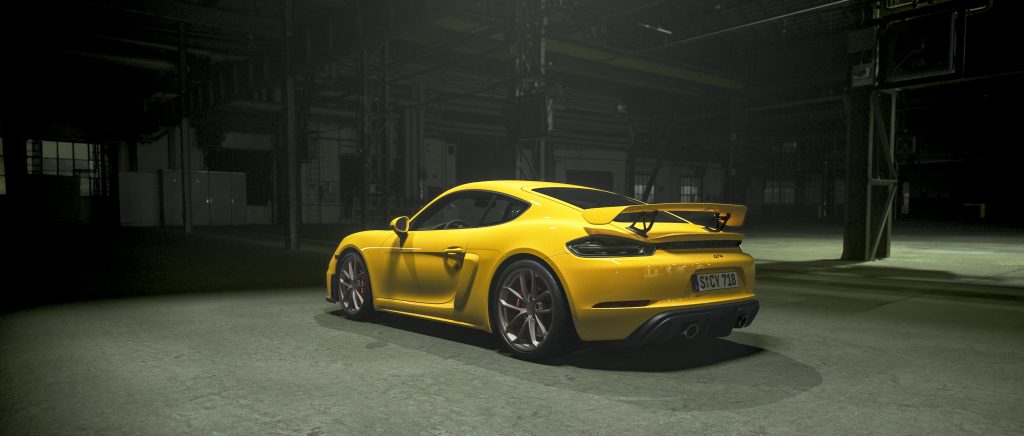
There is no denying that this bunch doesn’t know how to put a car together. Porsche will always make the ultimate driving tools.
We’re just looking forward to more. Come on 2020s!
DAY 10: Make Way for the Hypercars
For decades, we’ve had sportscars. The 80s and 90s gave us cars with horsepowers exceeding 500 hp (give or take). They called them supercars – the McLaren F1, Lamborghini Diablo and the likes come to mind.
This decade, the automobile industry pushed the limits of power technology and they presented us with the Hypercars.
We now have cars that break the 1000hp barrier. Cars like the Bugatti Veyron and Chiron. The Pagani Huayra.
The best of the Hypercars come in a flavor what is now called the Holy Trinity of motoring. They’re called the McLaren P1, the Porsche 918 and the Ferrari LaFerrari.
Let’s start with the McLaren. 903hp from a hybrid powertrain. The thing looks THE most aggressive off the three with menacing tail lights and aggressive aero. This thing can run on electric power only and even when on electric power, it’s got around the same power as a VW Golf GTI.
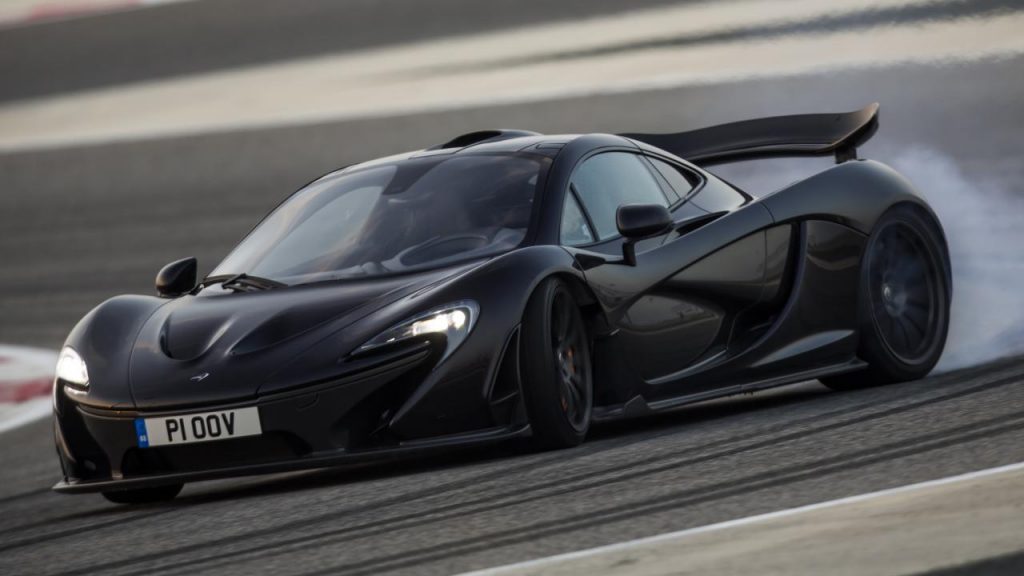
Next-up is the all-wheel drive hypercar – The Porsche 918. It definitely looks more sober than the McLaren. It also looks like the one that one would be most comfortable it. Unlike the McLaren, this one has got all the creature comforts one would expect from a car at this price point.
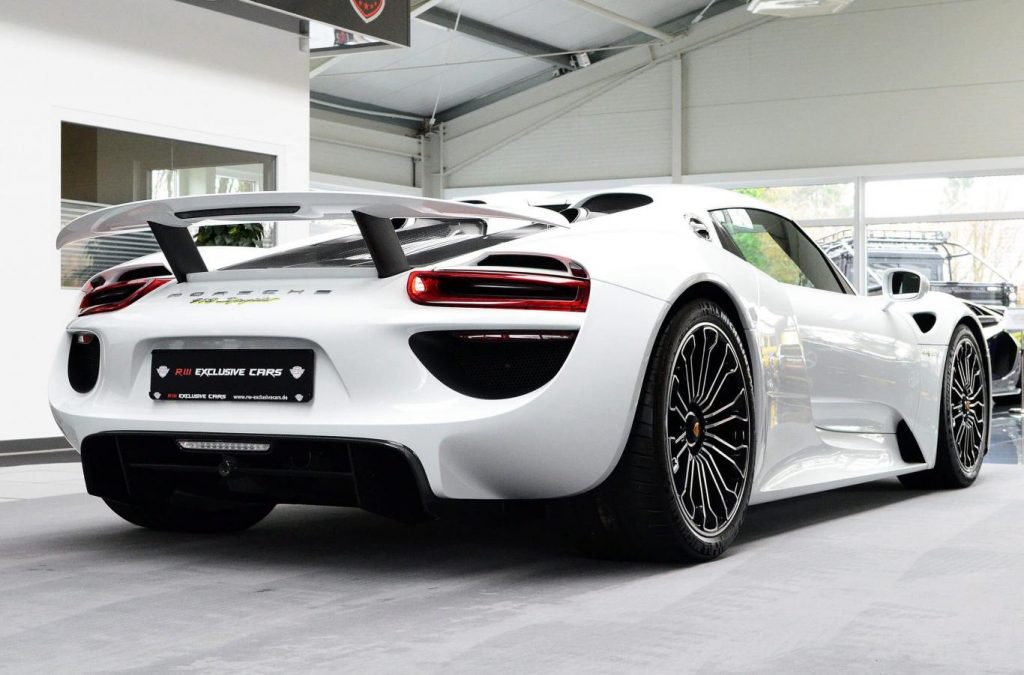
The Porsche, much like the competition, is also powered by a 8-cylinder petrol engine and electric motors. Together, they help this Porsche produce 874hp.
The last, the Ferrari LaFerrari (the-Ferrari). The only one to still hang on to a glorious V12. Again, this too is a mild hybrid with the electric motor supporting that giant V12 to make a healthy 950hp.

This is a new step for high power cars. But it doesn’t stop there either. We are now headed towards Megacars and a few of them are already around. Enter the Koenigsegg One:1. The thing got the title of Megacar by producing 1 Megawatt of power (1,341hp to be exact).
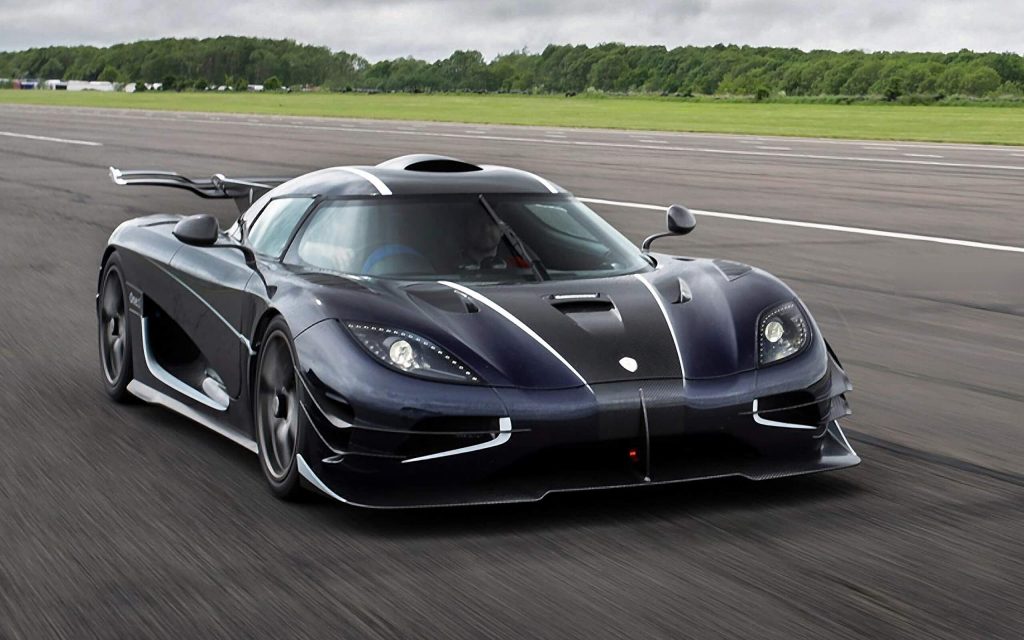
They’ve already outdone themselves with the Regera too. The Regera makes 1500hp. It is one of the fastest production cars ever made.
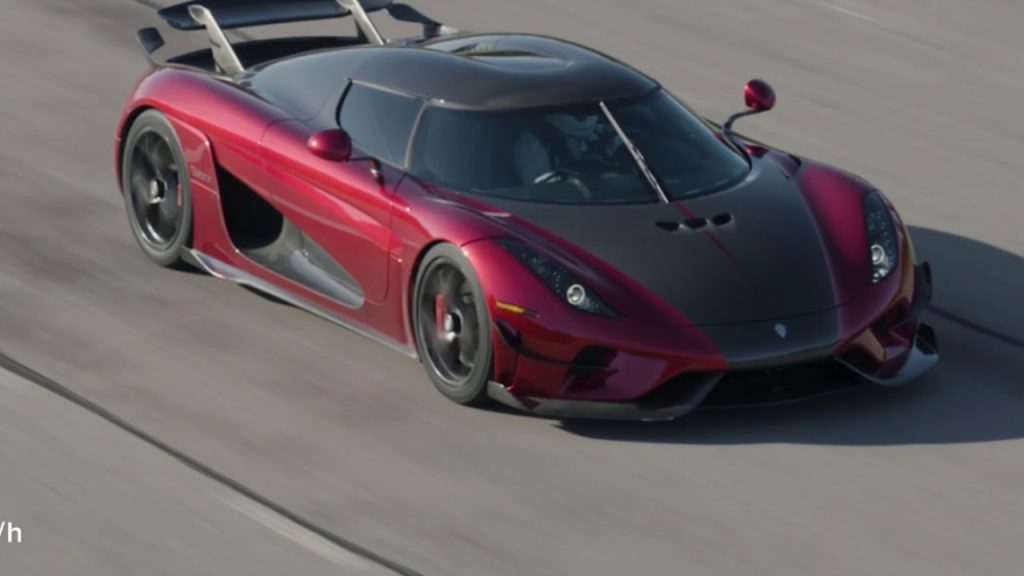
Will the 2020s give us more? Will a production car break the 2000hp mark? Stick around and find out.
DAY 11: When America goes after Europe
When you think about cars built in america, an image of a dragstrip with cans and banners of bud light comes to mind. For a long period, that was true. American cars were always built to do incredible speeds in straight lines; they were built with the drag enthusiast in mind.
Now, what if we told you a Mustang can take on the likes of Porsches and Lotuses on a track? Ridiculous right? Well, no.
Ford is changing the game. We already spoke about their hot-hatch, the RS in our third installment. We even spoke about their new GT500. What we did not mention till now was their trackstar – the GT350.
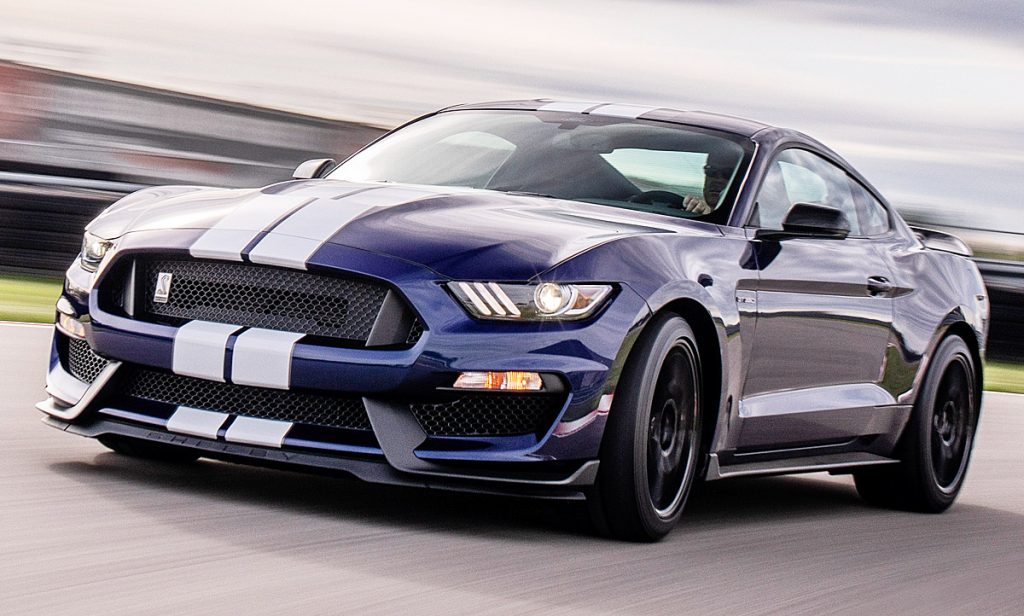
It features a 5.2L V8 with a flat-plane crank which has 526 ponies. It has a six-speed manual transmission. It has magnetorheological dampers. It’s chassis is set up to take on Porsches and BMWs. Ford has also focused on shedding weight in the Mustang to make it more nimble.
Ford has built a proper machine for the track. In our books, this is the most exciting Ford Mustang to come out of the factory – ever.
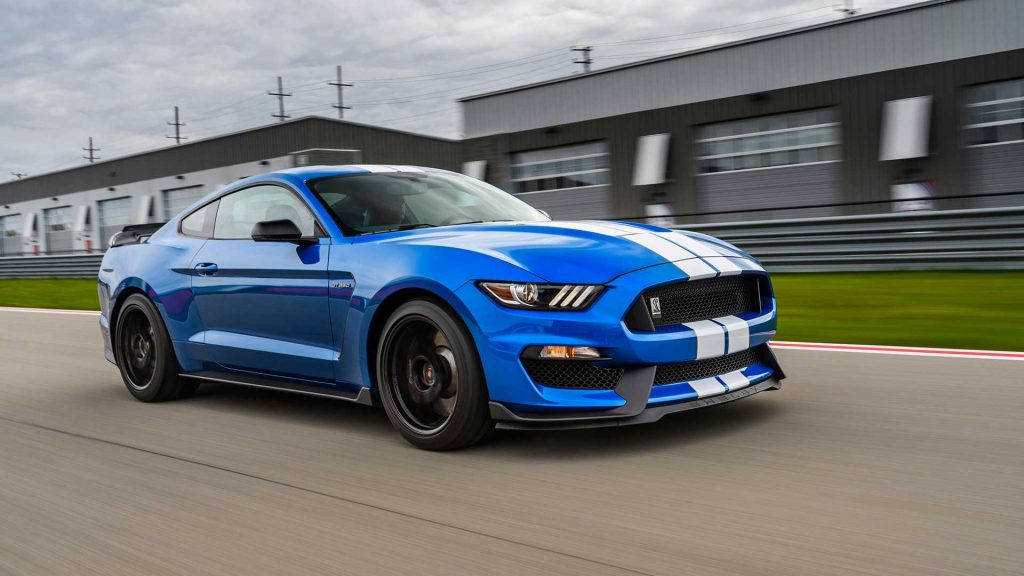
That flat-plane crank also makes this machine rev to 8000 rpm and it sounds fantastic.
Ford isn’t the only american to attempt to best Europe.
The eighth generation of the Corvette has been released and it has gone MID-ENGINE!
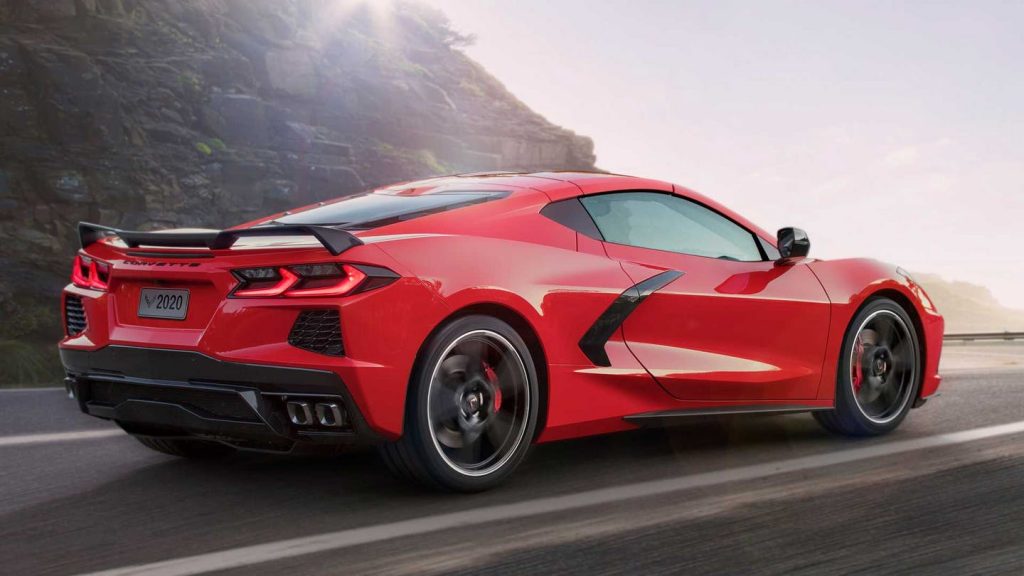
They are still powered by a 6.2L V8 that now sits behind the driver. All of the 495hp goes through a dual-clutch transmission. It is also reported that it’ll run to 60 mph in 2.8 seconds.
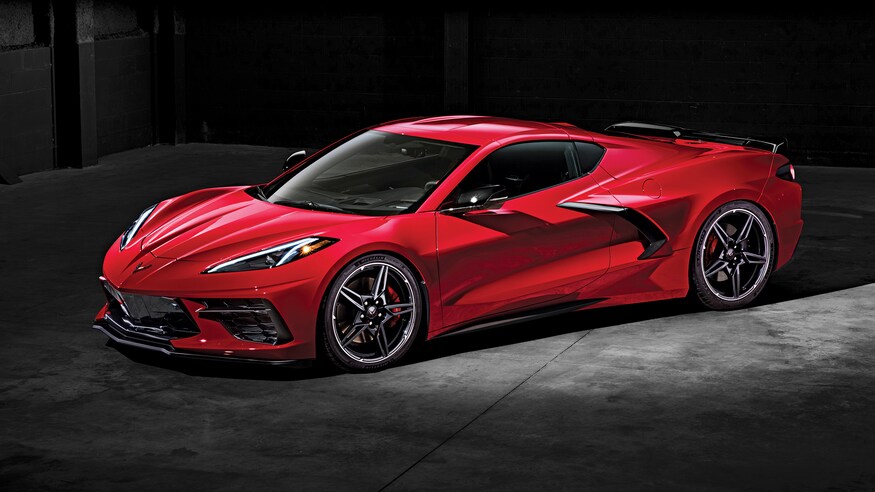
While the purist still believe this is blasphemy, this is an exciting new direction for the Corvette. Sounds like they, like Ford, want to take on Europeans too.
We wonder what other American car will follow suit. Stay tuned.
DAY 12: Britain’s (still) got Talent
Alas, it is the 12th day of Carsmas and that means, the end.
And on that note, we’d like to tell you that among Brexit and everything else that’s been going on in the kingdom, Britain’s still got it.
While not a lot of British brands are still authentically British, the ones that are, have given us some awesome stuff this decade.
Let’s talk Aston Martin. They have an all new line-up folks. And the most striking of them all – the new Vantage.
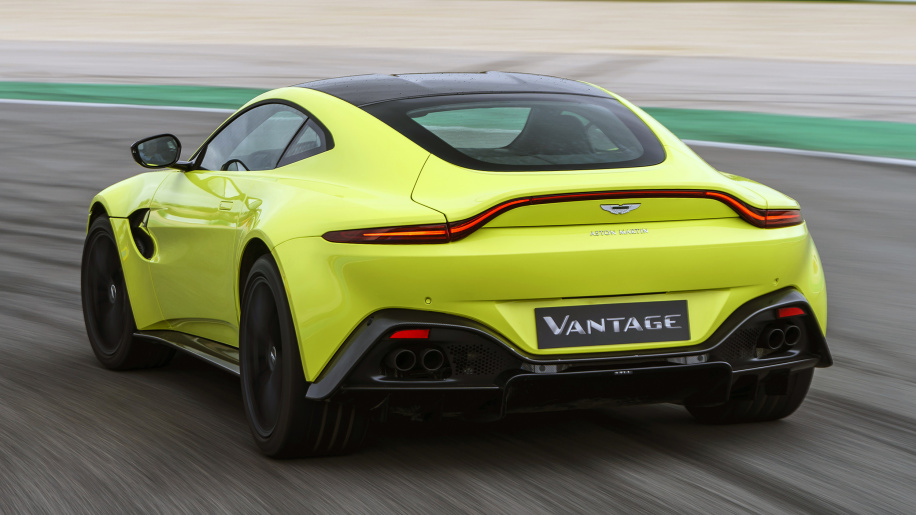
Just look at this rear end design. It looks absolutely beautiful. It may even be among the most prettiest car-booty this decade.
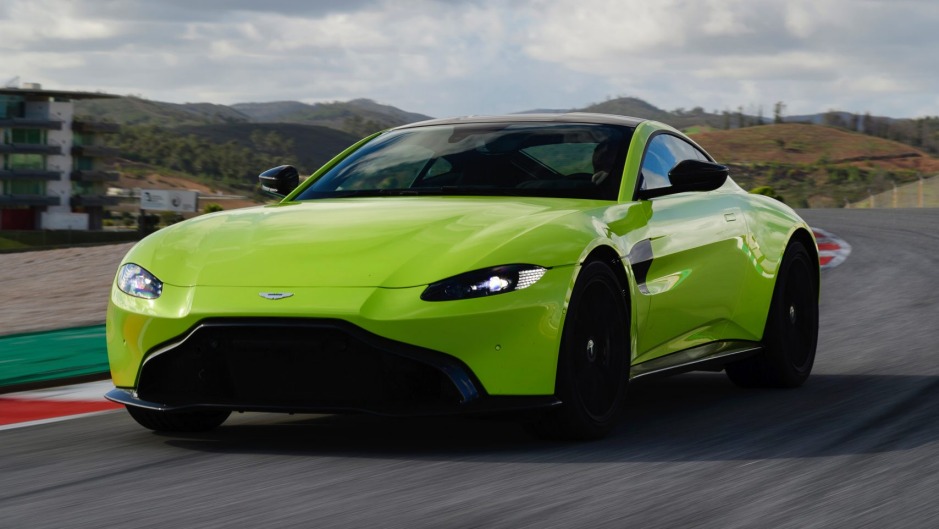
Power to this beautiful read-end, all 503hp, comes from a 4.0L V8 twin-turbocharged (as all things are these days) powerhouse. It will do 60 mph in 3.6 seconds and has a top speed of 195 mph. These numbers don’t impress all that much on paper. But this thing is incredible and a stunner.
But that’s not all Aston has given us. We also have the new DB11 with 630hp and a DBS Superleggera with even more power at 715hp.
But the showstopper is the Aston Martin Valkyrie. 1160hp. A 6.5L V12 from the engine building legends Cosworth – all naturally aspirated. That’s right, no snails on this one. It also features a 1:1 power to weight ratio.
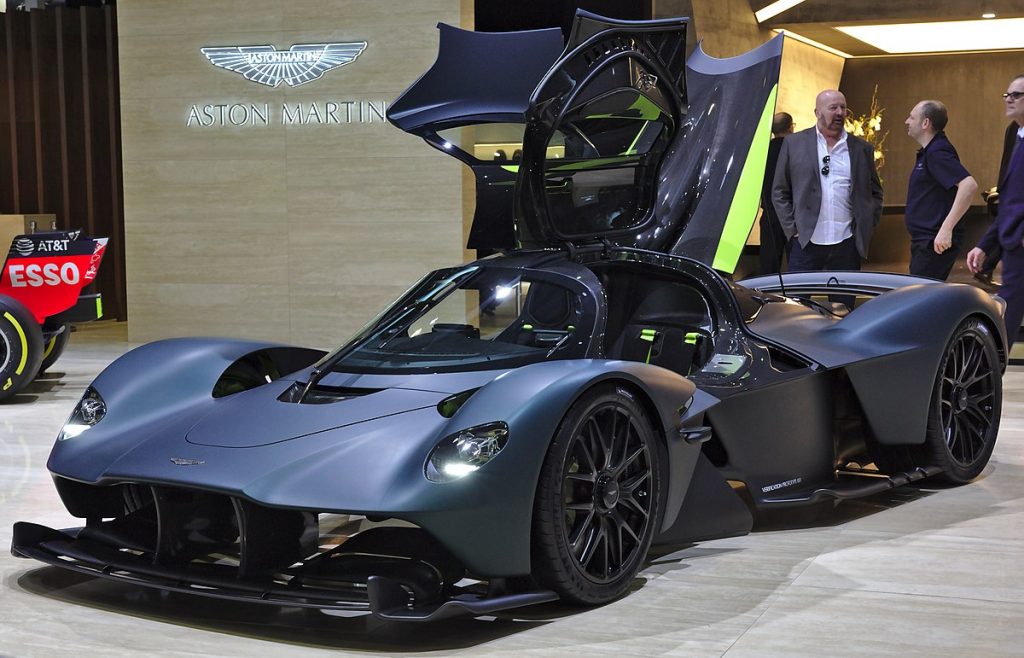
The Valkyrie is still in testing and we can’t wait to see what number this will put down.
Our boys at Hethel have been busy too. Lotus has a new catalogue as well.
We have the new Elise and the Exige. The Exige has way too many variants to list down as well. Every single time the world thinks Lotus has pushed the most they could from an Exige, they bring out another faster, meaner version.
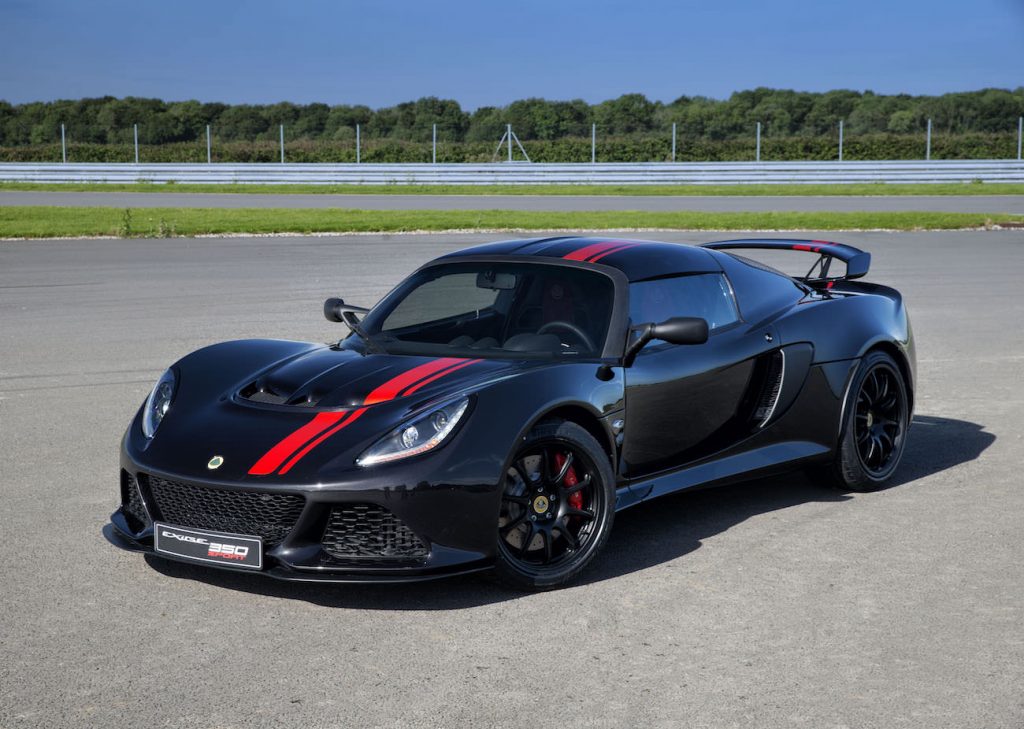
They also have an Evora – again, with many variants. The Evora is the Exige’s slightly larger brother with a little more room (not practical in any form).
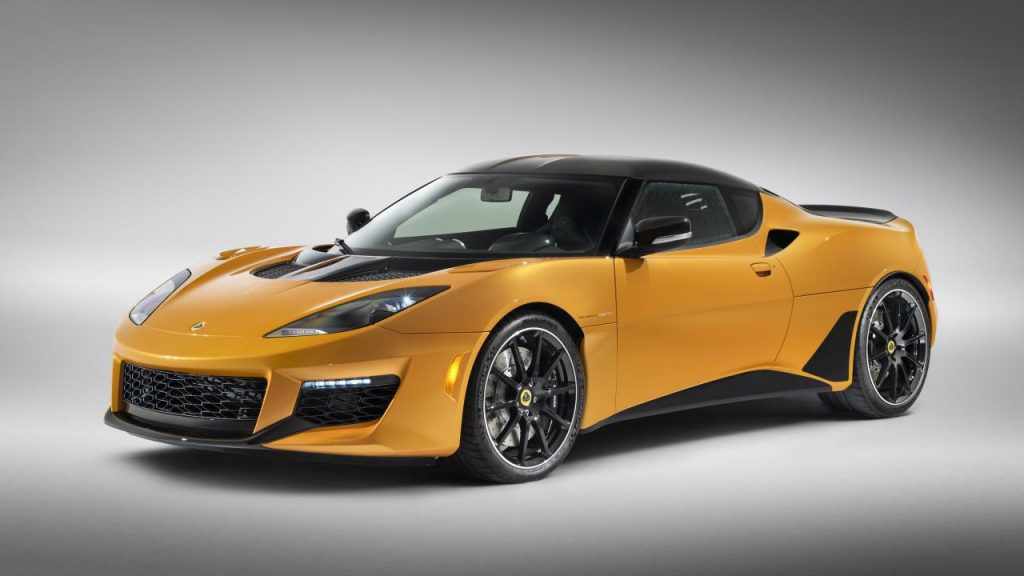
But the craziest machine to ever roll out of Lotus has to be the Evija. It’s the first all-electric all-British Hypercar. It has 1,971hp too!

It’s just been released and we are yet to see a production version of the car and see what it can do.
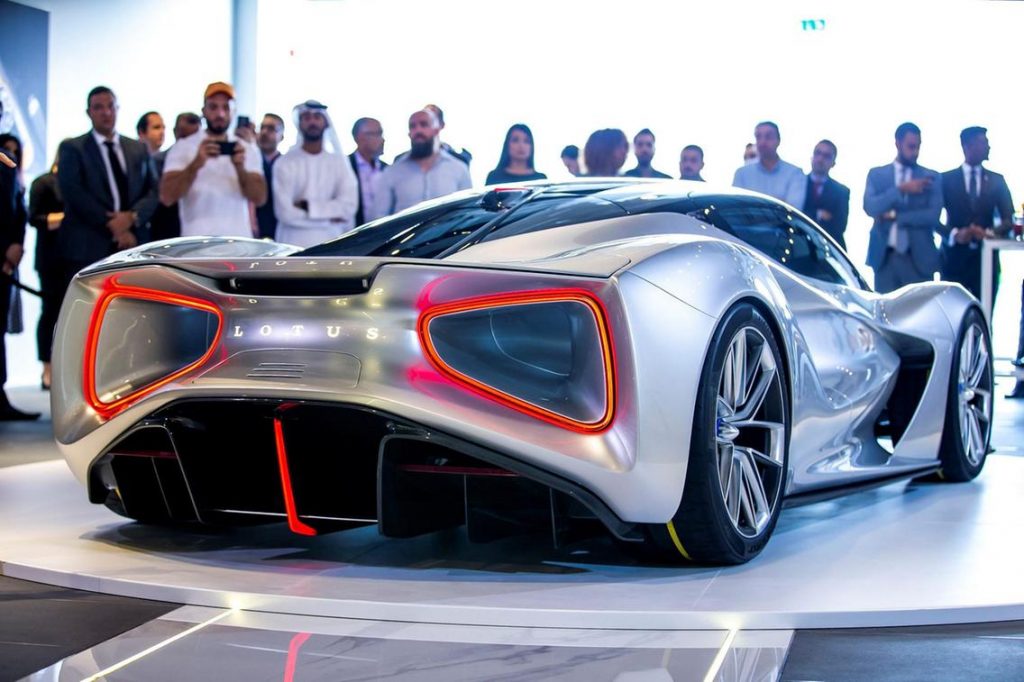
Keep watching this space and we’ll keep you updated.


